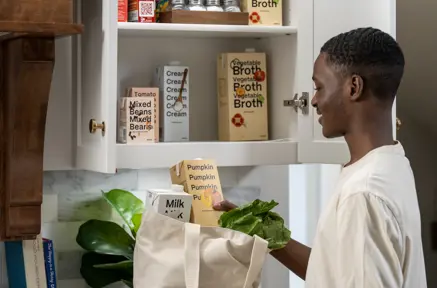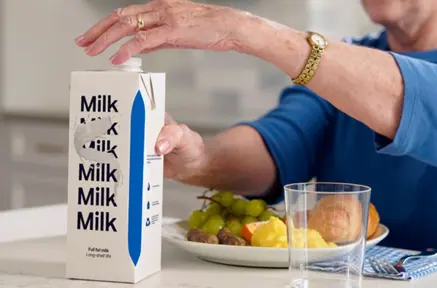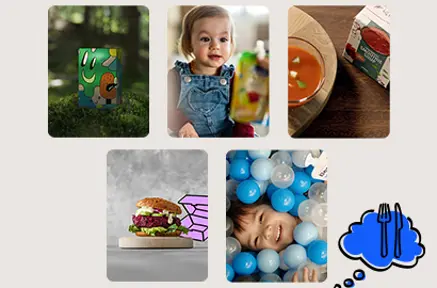Transforming coffee culture in India: A sustainable packaging revolution

According to Research and Markets, India's coffee market is expected to grow at a compound annual growth rate (CAGR) of 12.02% from 2023 to 2028, providing a valuable opportunity for brands to innovate and capture this evolving market.
Shifting tastes: The rise of premium and specialty coffees
India's diverse geography influences regional coffee preferences. In southern Indian states, filter coffee remains a staple, while urban areas in the north and west are embracing modern trends like cold brews and flavored lattes. Millennials and Gen Z, exposed to global coffee cultures, are increasingly drawn to artisanal, ethically sourced, and sustainably packaged coffee.
With rising disposable incomes and an emphasis on health, consumers are willing to pay a premium for high-quality coffee. Ready-to-drink (RTD) coffee and single-origin beans are particularly popular in cities like Mumbai, Bangalore, and Delhi. Euromonitor International forecasts a 25% growth in India's specialty coffee market over the next five years, emphasizing the need for premium quality and sustainable packaging to meet evolving consumer expectations.
Why coffee? The growing appeal and importance of freshness
Coffee is more than just a beverage; it’s an essential ritual enjoyed by millions for its rich flavors and energizing effects. As coffee consumption rises, particularly for cold brew and ready-to-drink (RTD) options, consumers are prioritizing freshness and authentic taste. This has driven demand for high-quality, convenient coffee products that retain their complex flavors, even without brewing at home.
The role of aseptic packaging in preserving taste and quality
SIG’s aseptic packaging solutions are uniquely positioned to meet these demands. Aseptic packaging protects the coffee from air, light, and moisture exposure factors that can degrade its taste and unique aroma. Unlike conventional packaging methods, SIG cartons extend shelf life and maintain coffee's freshness and flavor for longer periods without the need for preservatives and refrigeration.
Meeting consumer preferences for natural products
In addition to preserving flavor, aseptic packaging eliminates the need for preservatives, allowing brands to offer products that align with consumer preferences for natural and clean-label ingredients. This makes SIG packaging ideal for coffee brands aiming to deliver quality and authenticity in a convenient, ready-to-drink format.
SIG’s sustainable solutions for the coffee industry
SIG leads the way in sustainable packaging, offering aluminum-layer-free cartons made from renewable, responsibly sourced materials. These aseptic cartons help reduce carbon footprints, meeting both regulatory requirements and consumer demand for eco-friendly packaging.
In addition to sustainable packaging, SIG’s aseptic filling machines are designed to minimize energy and water consumption, improving operational efficiency, helping in waste reduction and lower costs while achieving their sustainability goals.
Future trends: Innovations in coffee packaging
As India’s coffee market continues to expand, the demand for sustainable, convenient, and premium packaging will only grow. SIG delivers innovative packaging solutions that align with consumer preferences while supporting diverse needs and sustainability goals.
By partnering with SIG, coffee brands can meet consumer demand for sustainable products while staying competitive in a rapidly evolving market. With the right packaging, the future of coffee in India looks brighter than ever.
- December 11, 2024

Innovation and partnership to improve global food access

Introduction: India’s booming dairy industry

